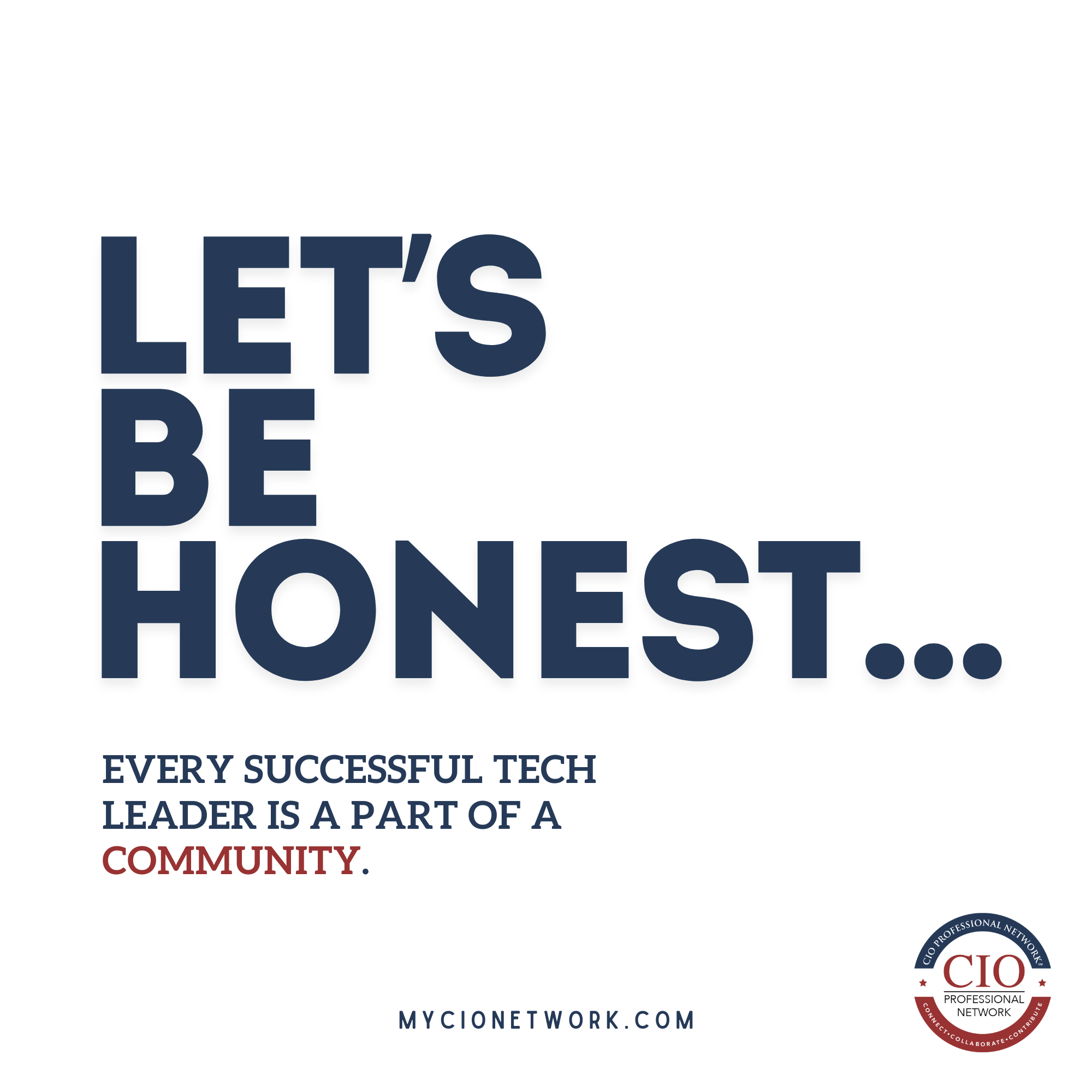In today’s dynamic world of digital transformation, the position of the Chief Information Officer has come to represent a greater shift of paradigms, one centered not so much on technological acumen as it is on a strategic investment in talent and human resources.
IDC’s July 2024 CIO Sentiment shows that 26% of CIOs cite talent acquisition, retention, and upskilling as the #1 organization-wide challenge. With 31% adding skill mismatches and 29% pointing to a lack of developmental infrastructure, the need for bridging the talent gap is apparent.
Why the Talent Gap Persists
Clearly, the technological advancement rate has outpaced the capacity of traditional educational and training systems. According to a recent study from Gartner, by 2026, 65% of IT jobs will require skills that are brand new to the labor market.
This inconsistency is coupled with a risk of organizational inertia in the area of internal workforce development.
In fact, a 2023 study from CompTIA found that just one-third of companies are confident in their own internal upskilling, a dynamic that creates risk as well as opportunity.
What Future-Ready CIOs Are Doing Differently
1. Building In-House Talent Pipelines
Instead of waging bidding wars for scarce external talent, many CIOs are turning inward to cultivate skills.
A PwC 2024 Digital Workforce Survey found that 67% of high-performing IT organizations invest in internal upskilling initiatives. CIOs who are future-ready know that their talent pipelines must go beyond outsourcing and include proactive strategies for developing in-house talent.
2. Partnering Beyond Traditional Boundaries
There is also a telling break with the old patterns of qualifications in hiring. Partnerships with vocational schools, boot camps, and the military-to-tech pipeline are redefining who is considered a ‘qualified’ candidate to hire.
Burning Glass data confirms that over the past 10 years, degree requirements for mid to high-skill IT jobs have evolved, which suggests a shift to skills-based hiring.
This trend expands the talent aperture and lets CIOs reach out to a broader and more varied ecosystem of contributors.
3. Reimagining Culture and Retention
Internal mobility, mentorship structures, and embedded learning are fast emerging as key components in staff retention. A 2024 Glassdoor study found that companies with strong internal mobility programs retain IT staff 2.5x longer.
Forrester research shows organizations dedicating 5% of employee time to learning outperform peers by 21% on innovation metrics. What is clear is that when employees see a future where they are, with significant opportunities for growth, they are much more likely to engage in higher levels over an extended period.
The Wrap
It’s a foregone conclusion that future-ready CIO must live at the intersection of tech-savvy and human savvy. It’s not enough to simply bridge the IT talent gap as a tactical necessity, it must be seen as an organizational strategy for sustainable progress.
The CIO who masters this bifurcated imperative, tech-savvy and human-savvy, will influence not only the future of IT but also the future of the enterprise.






